The Trek Powerfly has become a true eMTB classic and has undergone several updates over the years. To keep up with the competition for the new season Trek equipped the latest version of their popular bike with an integrated battery and also introduced two fine carbon versions of the Powerfly LT. Here you’ll find all the details!
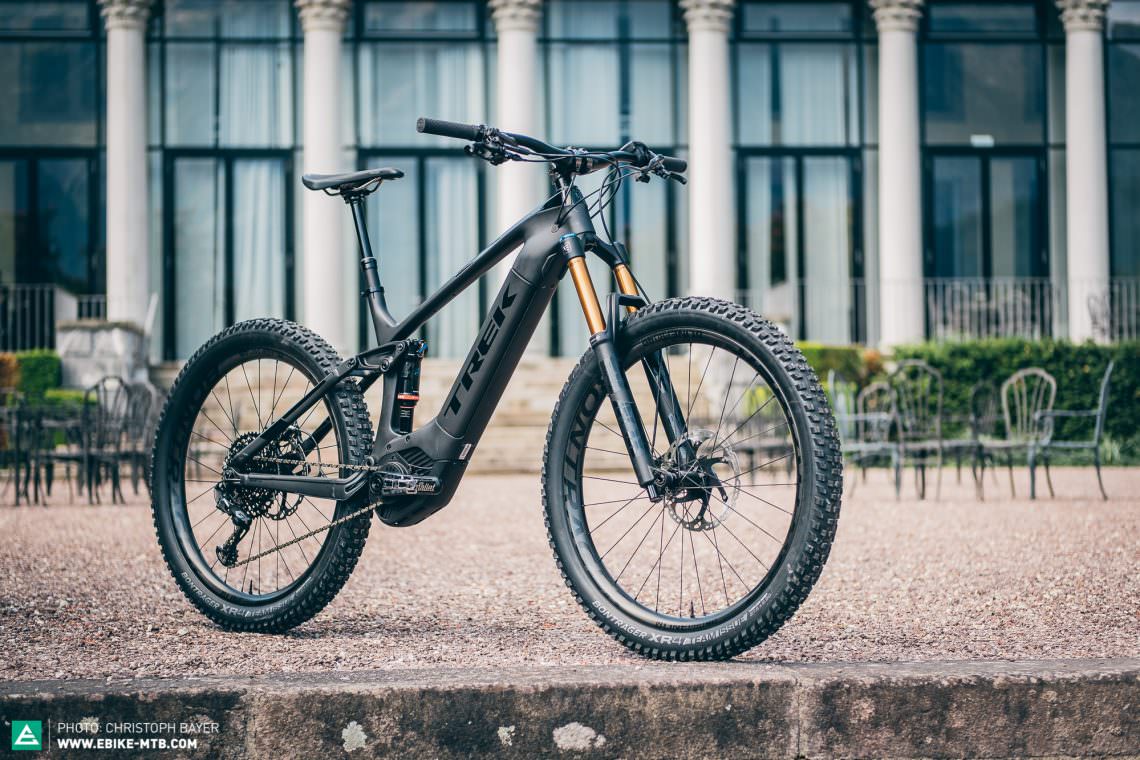
A few years back Trek did a great job and gave the Powerfly a well thought-out and very well balanced geometry — which once again fully convinced us in our latest test. Sure there are more nimble bikes on the market but the new Powerfly strikes a great balance between uphill and downhill performance. For the new season Trek sticks to the proven geometry and rear-end of the previous version but ads a fully integrated, removable battery. On top of this the new model is available in two carbon versions and the spec has been optimised too. All Plus models are now rolling on sturdy, grippy Bontrager XR4 tires and all Powerfly LT models feature powerful four-piston brakes.
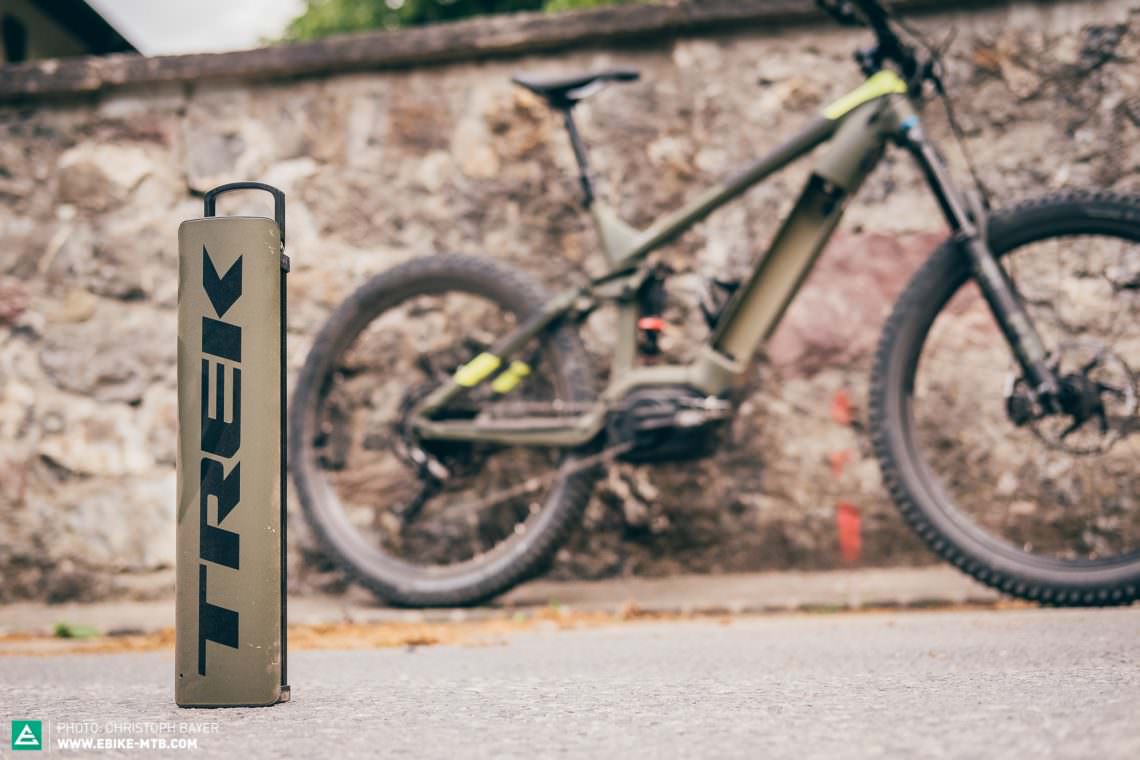
Here are the highlights of the 2018 Powerfly line up at a glance:
– New fully integrated, removable battery
– Two Powerfly LT carbon models
– eMTB-specific fork on all Powerfly LT models
– Four-piston brakes on all LT models
– Bontrager XR4 tires on all Plus models
– More colour options
– SRAM Eagle groupset on some models
– Robust RockShox Revelation on the Powerfly FS7 model
– Updated Bontrager Line dropper
– Powerfly Sport-Hardtail with lights and mudguards
Trek RIB: probably the best fully-integrated and removable battery on the market
There is a vast choice of eMTBs with integrated battery on the market but only a few systems are thoroughly thought-out and refined down to the last detail. Some bikes come with super long batteries, on others the battery can’t be locked and can only be removed with the help of tools. And then there are systems made up of several parts (battery and cover). A battery can weigh up to 4 kg so when you remove it you have to be really careful not to drop it on the floor and break it.

You can tell that the engineers at Trek gave the development of the RIB system (removable integrated battery) a lot of thought. The battery and the cover are one solid unit and the 500 Wh Bosch Powertube battery can be removed to the right hand-side. The system makes sense as most of us tend to lay their bike on its left side to avoid damage to the rear derailleur. Once you released the battery with the key it will pop out by a few centimetres; after depressing the big button you can remove the battery completely. An integrated handle makes the whole procedure easier – what an ingenious system! In addition the new integration allows you to place a bottle cage and a large drinking bottle in the main frame triangle.
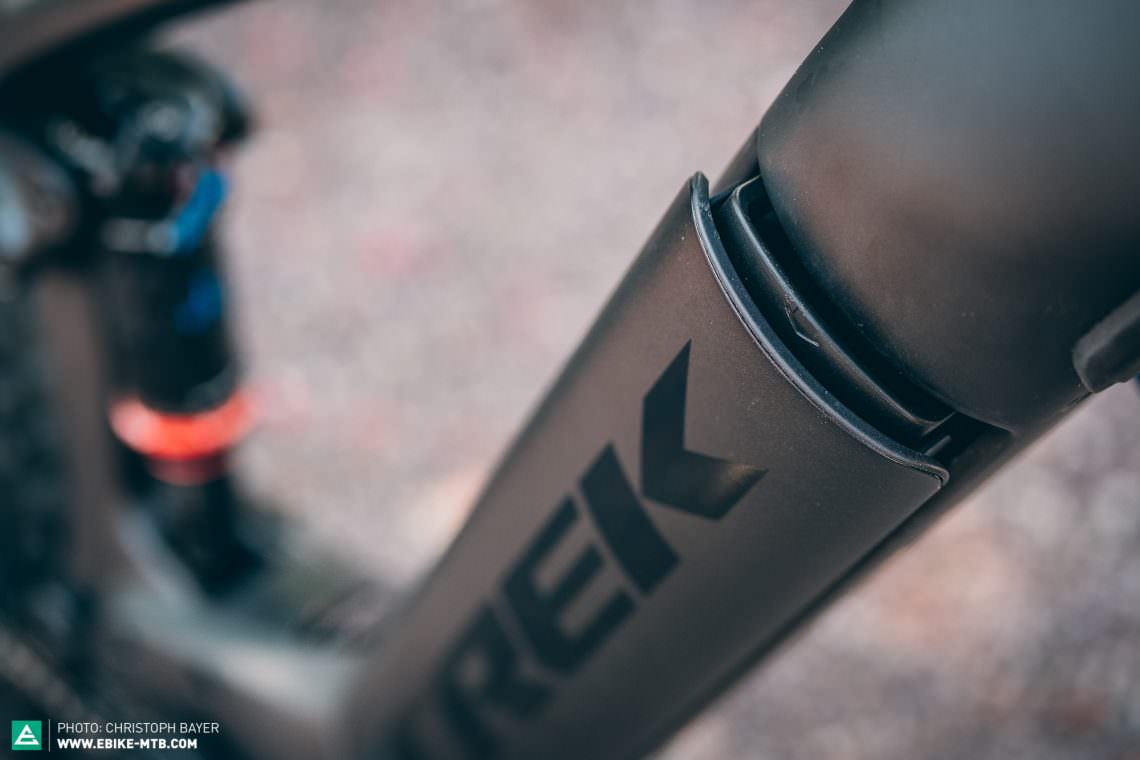
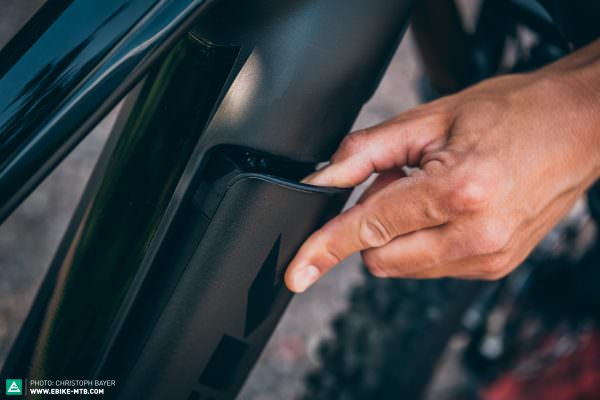


The new carbon frame allows for less weight and sleeker integration
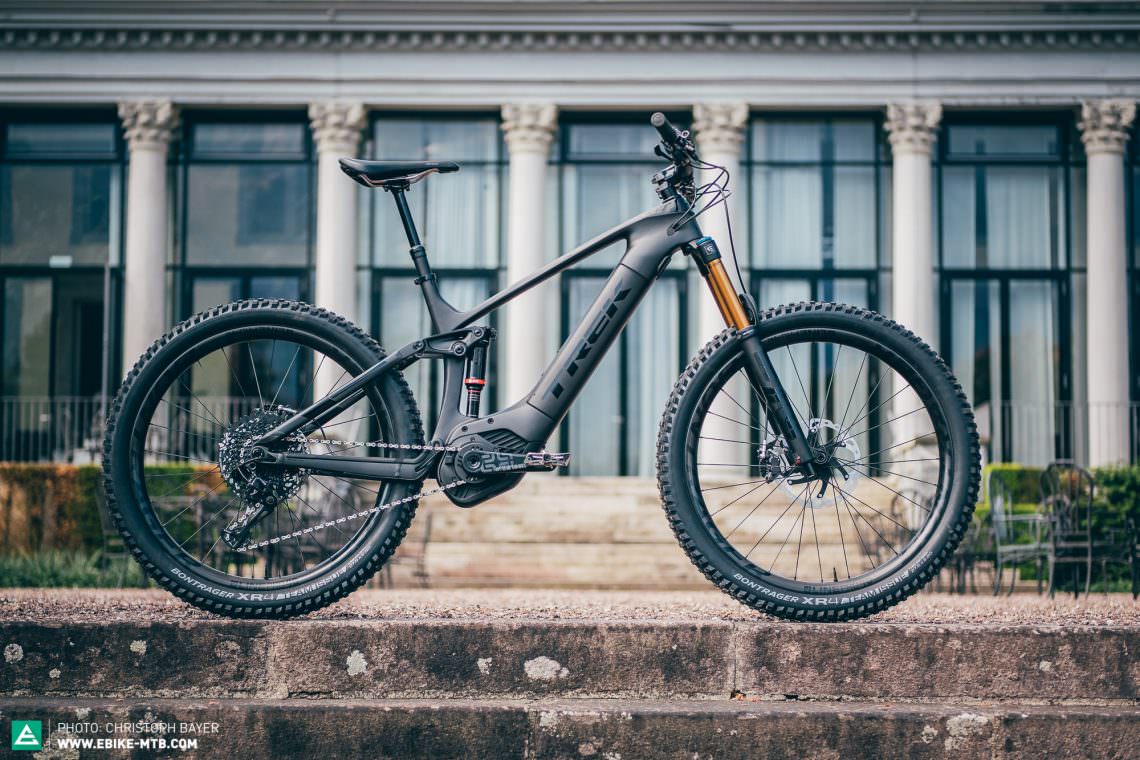
The new carbon frame proves just how much Trek believed in the geometry of the previous Powerfly LT model. The Americans could have revised the geometry for the latest update of the Powerfly but decided to stick to the familiar and very popular concept instead. Therefore the main advantages of the new carbon frame are a weight reduction of around 650 g and the significantly sleeker integration and appearance of the bike.
Trek has equipped the top tube with a mounting option for a Wolftooth B-RAD system. The system allows you to quickly attach either an inner-tube or a tool to the bike and forget about carrying uncomfortable backpacks on short rides.
In typical Trek style all Powerfly models come with a RE:aktiv rear-shock and ABP-link which keeps the suspension fully active even under braking. The geometry can be adjusted between two positions via a flip chip.
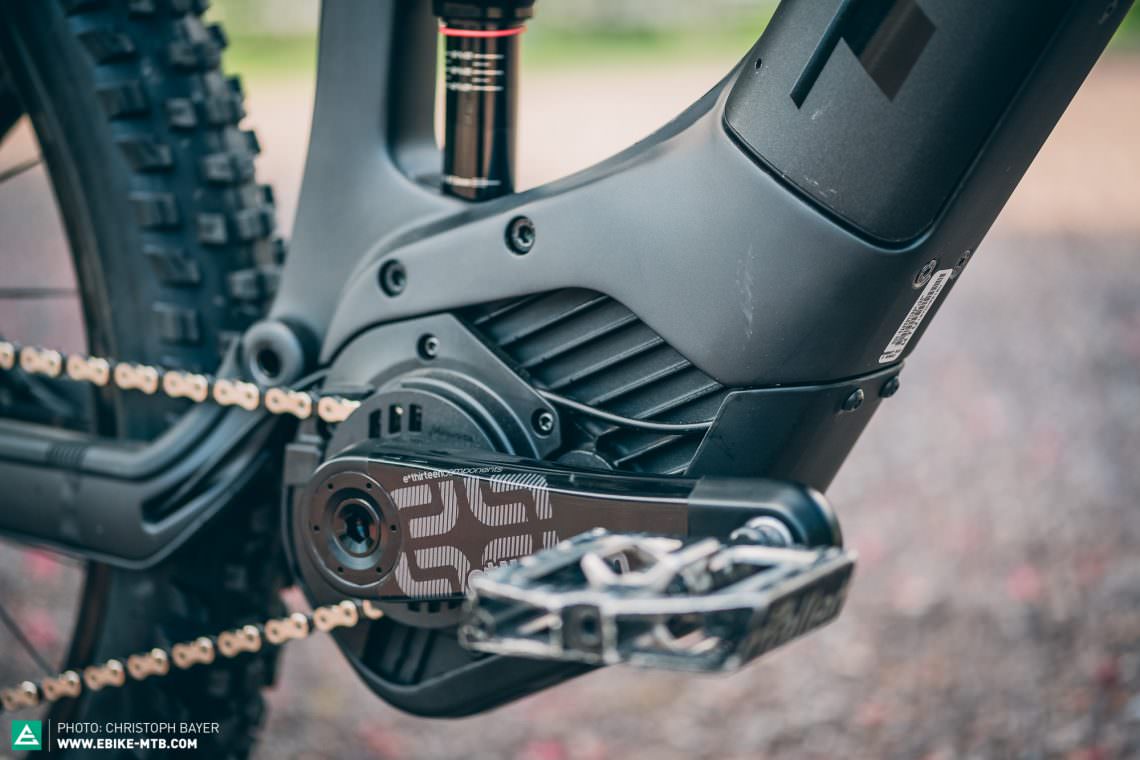

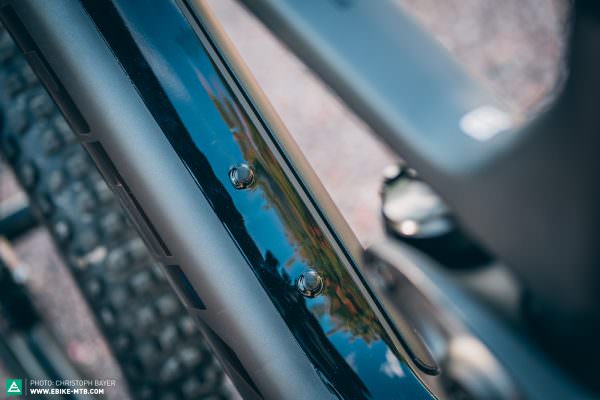

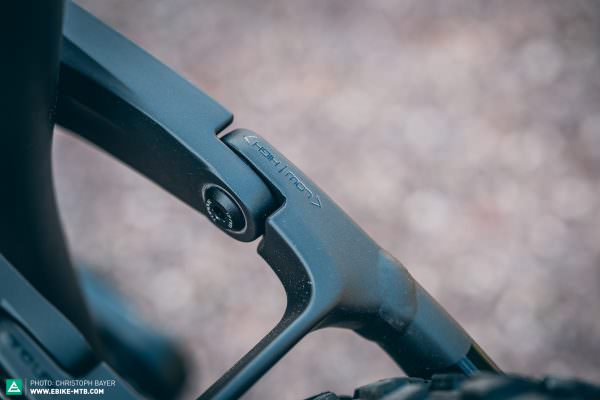

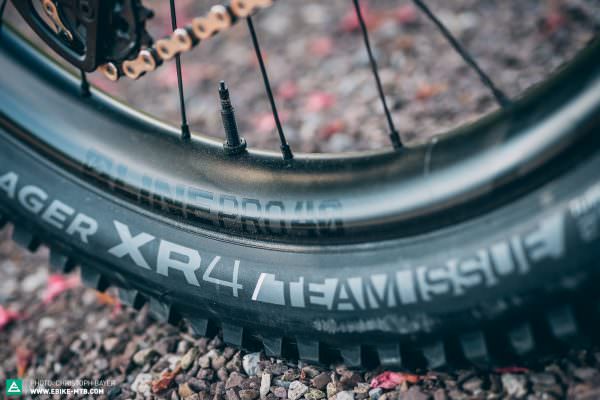

Revised spec for the Trek Powerfly LT Alu
Even if you won’t buy one of the carbon versions with the Powerfly LT you’ll get quite a few performance upgrades in the coming season. In addition to the battery integration Trek has adapted the spec of the bikes. All Powerfly LT models feature an eBike-specific fork and powerful four-piston brakes. Trek also redesigned the Bontrager Line dropper seat post and used the new SRAM Eagle groupset. Compared to the cheaper Schwalbe Nobby Nic Performance tires the new Bontrager XR4 offer noticeably more grip and puncture protection.
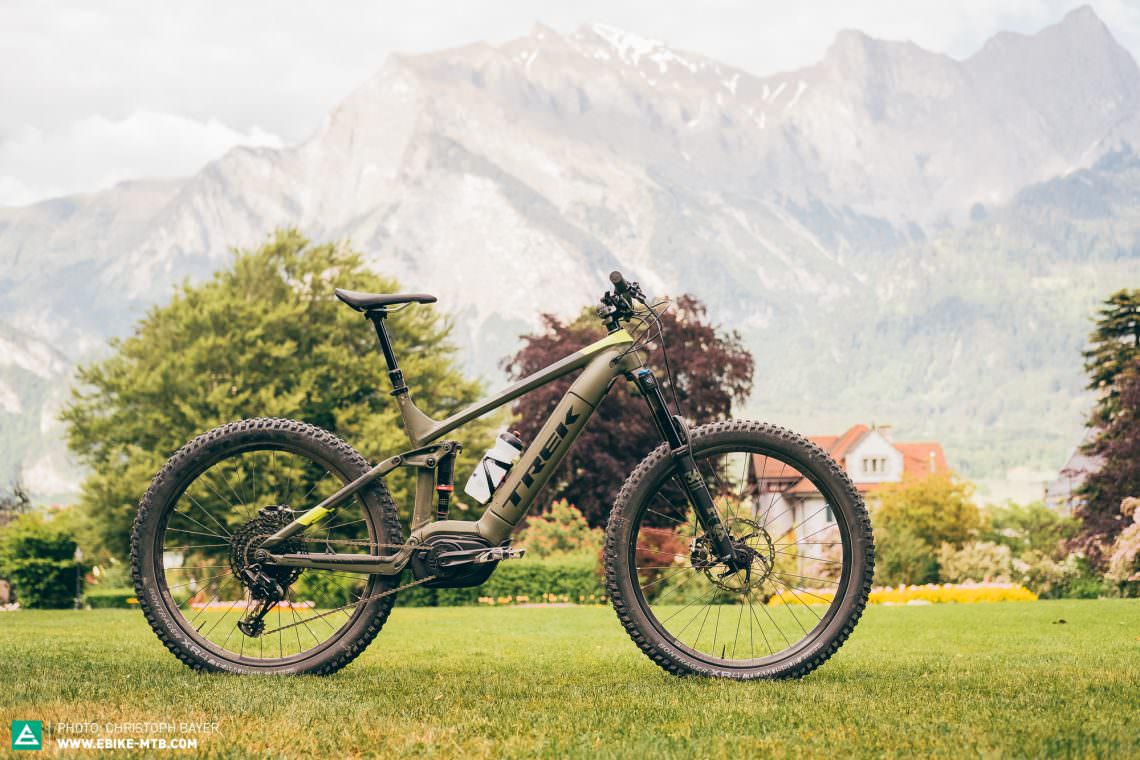
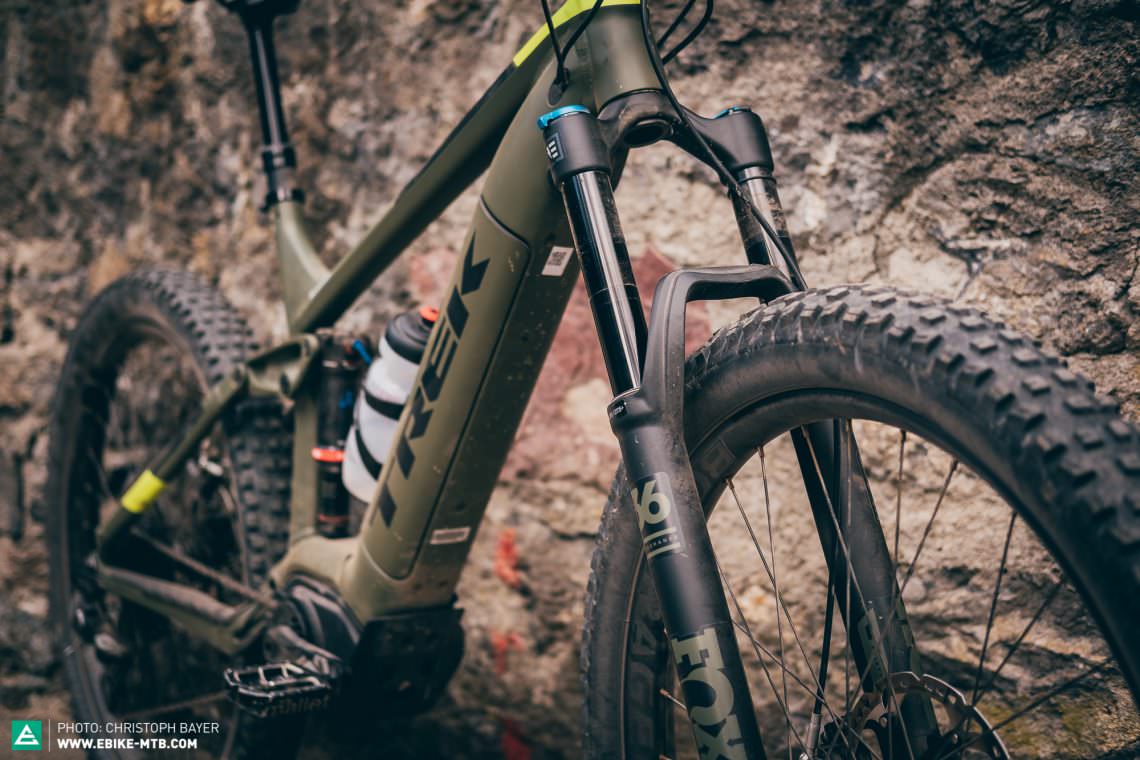

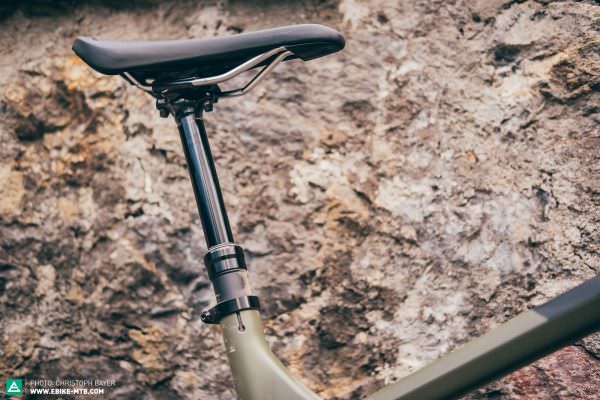

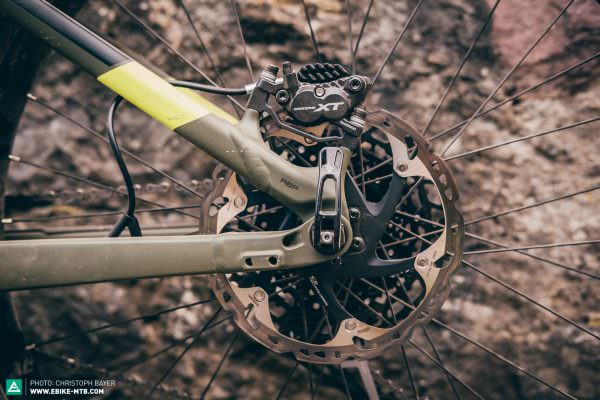
The Trek Powerfly LT 2018 on the Trail
We had the opportunity to test the Powerfly LT 9 at Trek’s launch-event on the gorgeous and varied trails in the Swiss Heidi-Land. Compared to the previous model the handling of the new version has changed very little. The better grip of the new tires might be the most noticeable change on the new version of the Powerfly. Like its predecessor the new Powerfly is a confident climber. The steep seat angle and rather long chainstays will get you at the top of steep climbs without a problem.
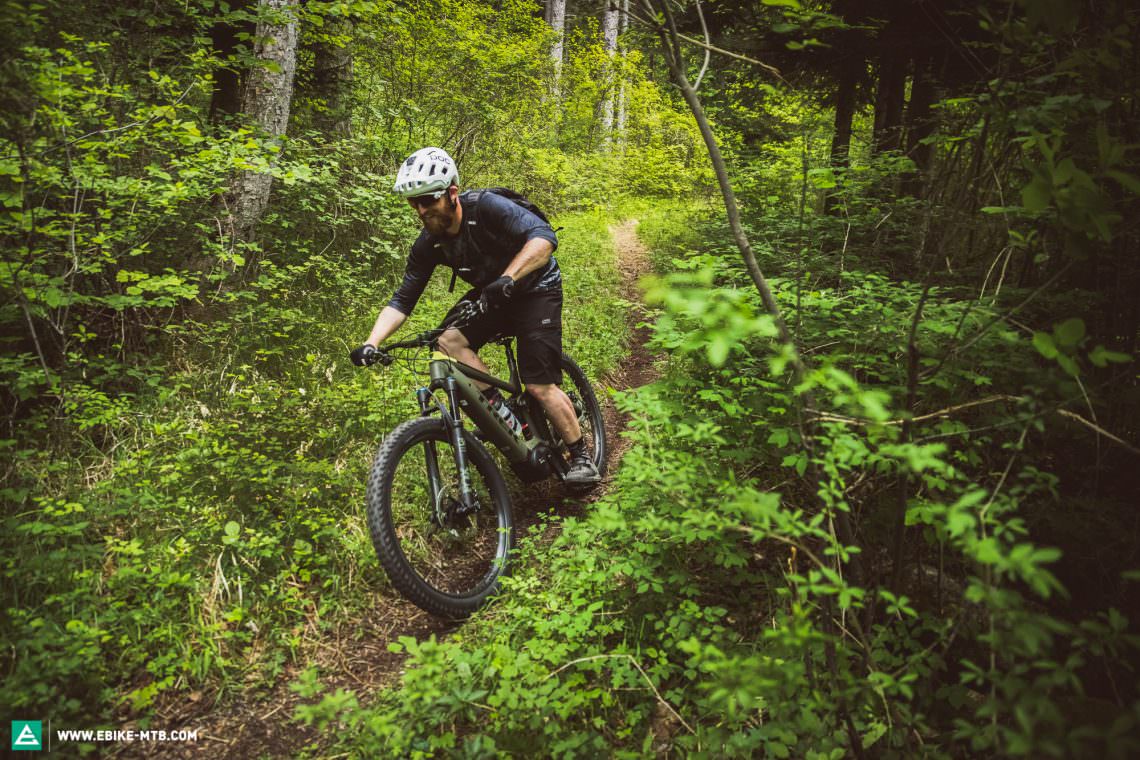
On the downhill the Powerfly feels safe and balanced. It’s not the nimblest bike out there but it’s still very easy to ride. You won’t have to shift your body weight too much to get good grip on both wheels and the bike will always feel pleasantly predictable. But if you’re looking for a very lively super nimble bike the Powerfly might not be able to fully satisfy you. Quick direction changes and narrow sections require a very proactive riding style and quite a lot of strength.

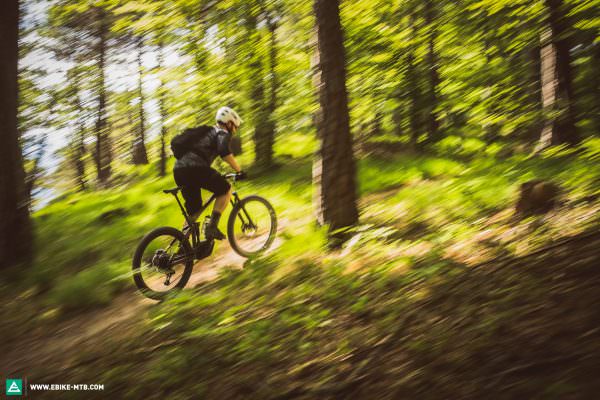

Our take on the new Trek Powerfly LT
Good stuff made better! Trek didn’t reinvent the wheel but the new Powerfly is a better version of the popular bike with many added improvements. The handling is very similar to the previous version. However you can clearly feel the performance upgrade of the tires. Unfortunately we didn’t get the chance to ride the new carbon version yet but even just the look of it has already convinced us. We’re not sure whether the carbon upgrade is worth the extra money but since our purchasing decisions are often driven by aesthetics and emotions we think that the new Powerfly Carbon will have certainly find many fans.
For more information head to the second page or to trekbikes.com









